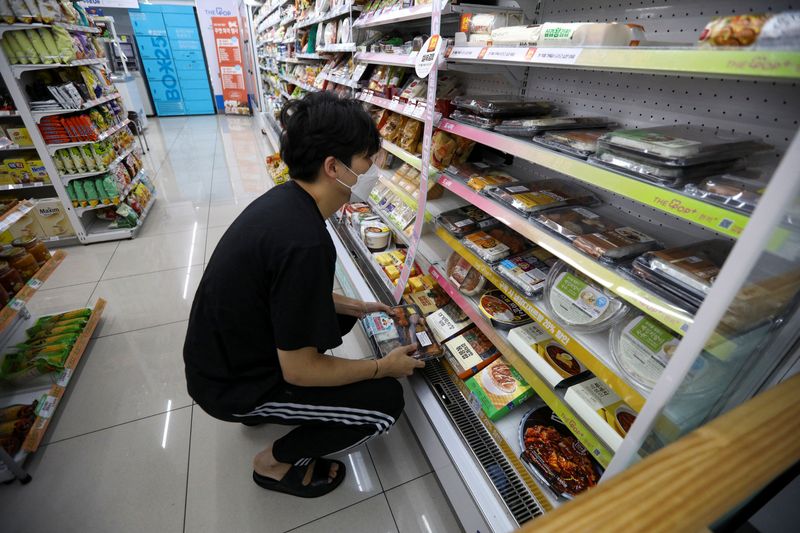In October, South Korea witnessed a significant decline in headline inflation, evidencing the slowest growth rate observed in nearly four years. The latest data revealed that the consumer price index (CPI) rose by just 1.3% from the previous year, following a 1.6% increase in September. This figure notably fell short of the 1.4% rise predicted by economists in a Reuters poll. Such subdued inflation rates intensify concerns about the Bank of Korea (BOK) potentially missing its inflation target of 2%. Contributing factors include a slump in global oil prices and stabilizing fresh food prices, both of which have alleviated local inflationary pressures. Although the Bank acknowledged that the effects of last year’s low base could incite temporary increases in headline inflation in the coming months, the overall outlook shows promise for stabilization.
The Bank of Korea’s monetary policy has been marked by a proactive approach in response to recent economic fluctuations. On October 11, the BOK opted to cut its policy interest rate to 3.25% as a strategic measure to combat economic uncertainties. This rate reduction, supported by a 6-1 vote, came in light of the declining inflation figures and undershooting of the bank’s target for September. Analysts predict that the base interest rate is likely to hover around this level for the remainder of the year. In conjunction with the recent rate cut, the BOK emphasized that despite the current inflation trends, core prices are anticipated to stabilize around the 2% mark, indicating an expectation of gradual recovery towards the inflation target later in the year.
A deeper examination of the inflation data reveals challenging dynamics beneath the surface. The core price index, which excludes volatile food and energy sectors, saw only a 1.8% increase year-on-year—the slowest rise since September 2021. This slumping index highlights concerns around consumption and overall economic performance. A notable decline in specific food prices also contributed to this trend, with prices for key items such as apples and green onions plummeting by 20% and 13.9%, respectively. Similarly, petroleum prices experienced a 10.6% decline compared to the previous year. Such drops in crucial consumer goods and resources reflect broader deflationary pressures that continue to influence South Korea’s economic landscape.
The stagnation in the monthly consumer price index, which remained unchanged from September despite predictions of a 0.2% increase, raises further alarms regarding potential deflationary trends. The lack of upward momentum reflects weakened consumer demand and caution among businesses in regard to pricing strategies. These insights further underline the complexity surrounding inflation management in the current economic climate, prompting a careful consideration by policymakers about future economic strategies. The Bank of Korea’s forecast of attaining a 2% inflation target by year-end underscores the central bank’s commitment to steering the economy back towards stability, although achieving this may require adaptable and timely policy adjustments.
As the BOK navigates these economic challenges, external factors also remain significant in shaping South Korea’s inflation trajectory. Global inflationary pressures, influenced largely by ongoing geopolitics and supply chain disruptions, continue to affect local prices and consumer sentiment. The interplay between domestic economic indicators and international market trends poses an ongoing challenge for South Korea, particularly amidst a backdrop of rising uncertainty over global economic conditions. Analysts and economists are therefore closely monitoring both domestic policies and international developments to gauge their likely impacts on South Korea’s inflation and growth outlook.
In conclusion, the recent inflation data out of South Korea reflects a significantly slowing economic environment, presenting a multifaceted challenge for the Bank of Korea. While the central bank’s decision to reduce interest rates indicates proactive steps to bolster the economy, the ongoing decline in both consumer prices and core inflation metrics raises substantial questions regarding the achievement of its inflation targets. As economic uncertainties persist, the implications for monetary policy and future growth in South Korea remain complex, requiring sustained vigilance and adaptability from both policymakers and market participants alike. The coming months will be critical as the BOK seeks to balance fostering growth while ensuring that inflation remains on a trajectory consistent with its overarching objectives.

